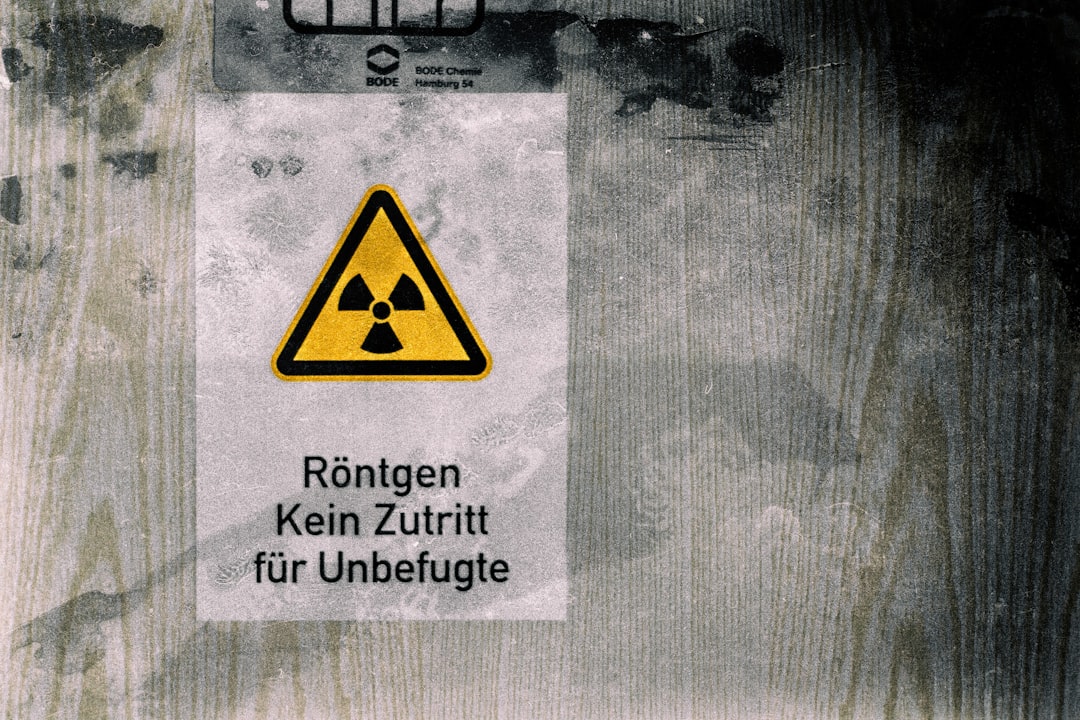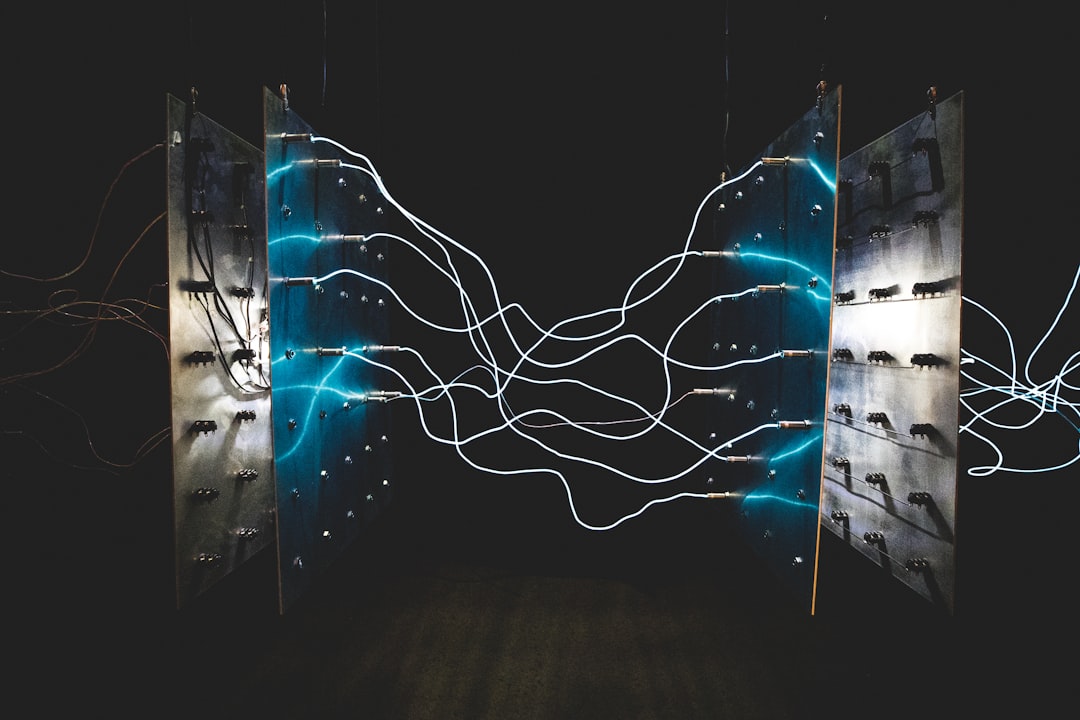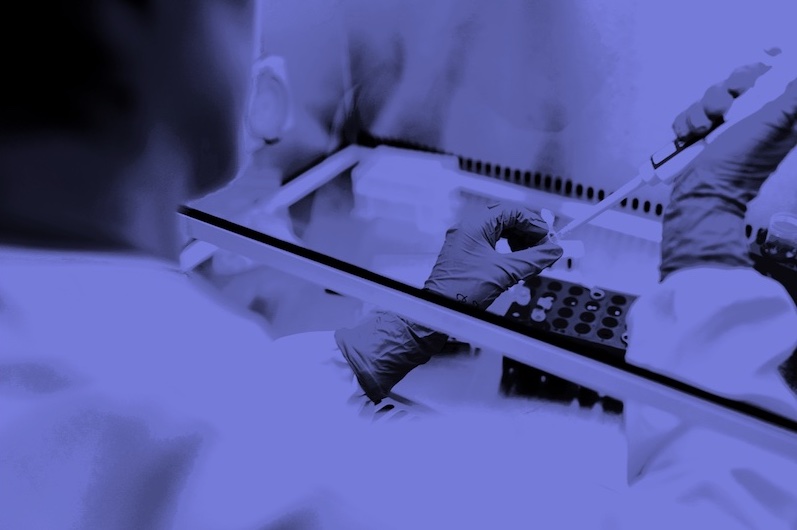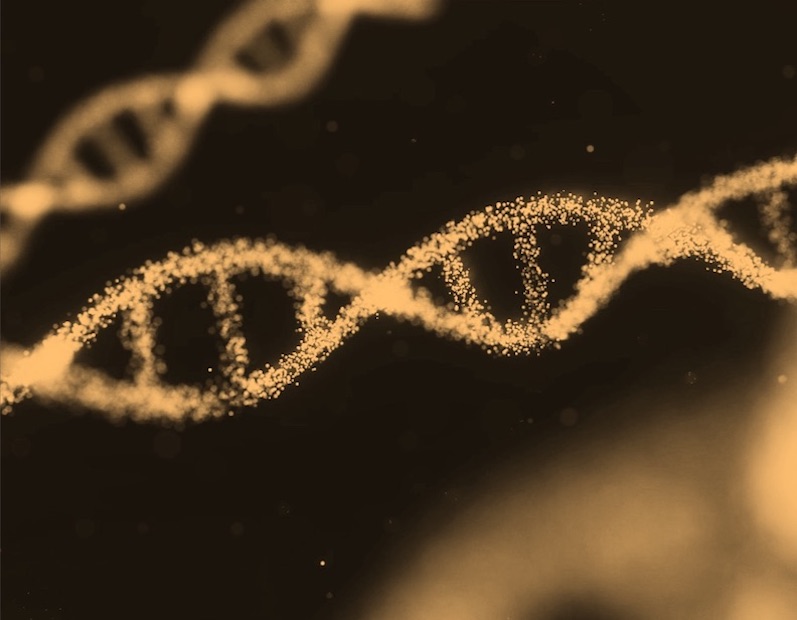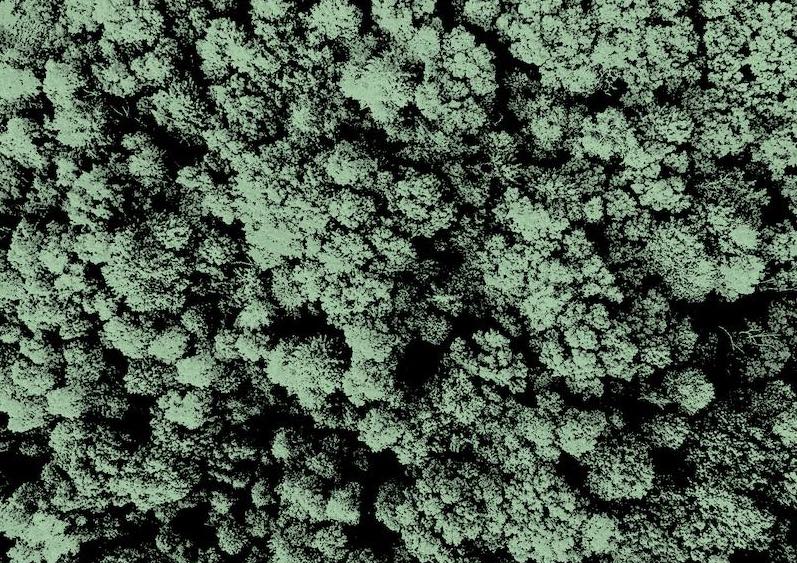What is it about?
Using mass spectrometry we characterize the primary sequence of the three lysozyme isoforms found in Pekin duck eggs (DELs -I, -II and -III), and present high resolution structures for two of these (DEL-I and DEL-III)
Featured Image
Why is it important?
Ever since the 1960s scientists have used lysozyme purified from duck eggs as a counterpoint to that purified from hen eggs (they differ at approximately 20 of 129 positions) in studying various immunological phenomena. However, remarkably, no structures of the duck variants were solved, and even the exact sequences of the isoforms were somewhat contentious. We purified the three isoforms found in Pekin duck eggs, interrogated them with mass spectrometry, and solved the crystal structures of two of the isoforms. The results rationalize binding of the duck variants to a range of classic anti-lysozyme antibodies, and provided a platform upon which our own work into B-cell differentiation between foreign and self could be explored (just published in Science 360, 223-226).
Read the Original
This page is a summary of: Structural basis of antigen recognition: crystal structure of duck egg lysozyme, Acta Crystallographica Section D Structural Biology, October 2017, International Union of Crystallography,
DOI: 10.1107/s2059798317013730.
You can read the full text:
Contributors
The following have contributed to this page
